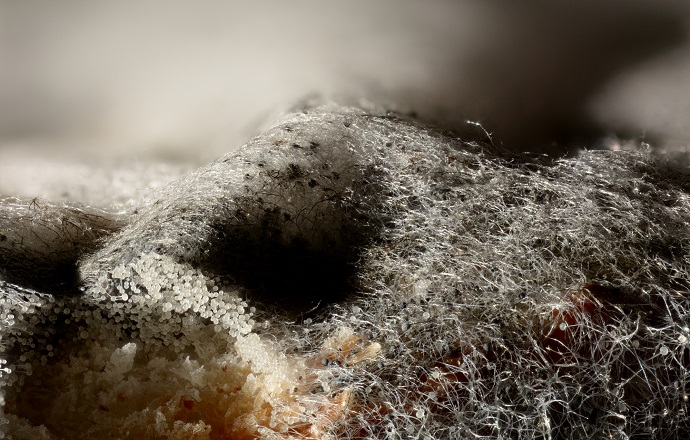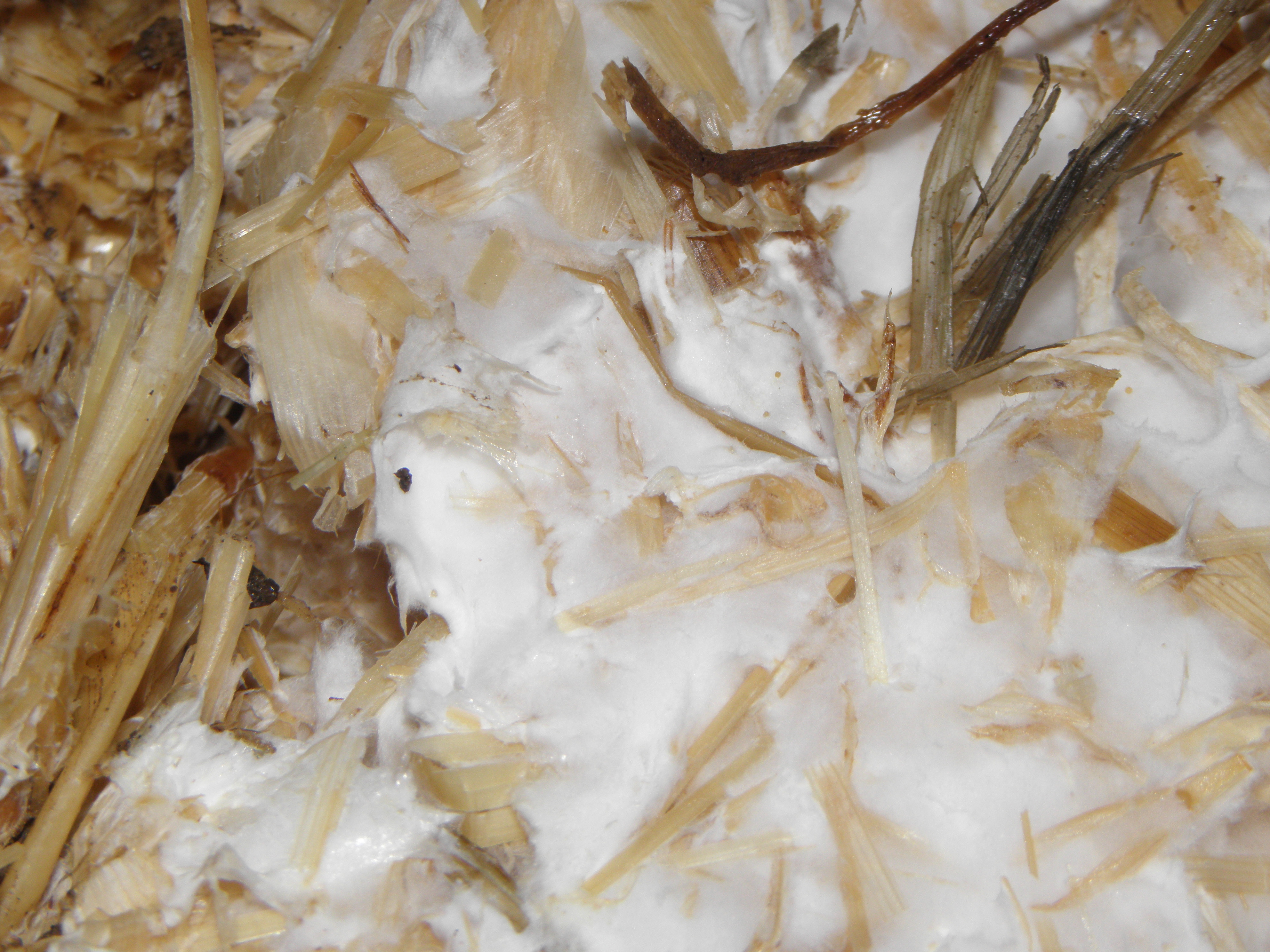Is it possible to increase intelligence?

Yes, it’s possible. And I figured out how – with the help of mushrooms (not the ones you thought about).
This idea will change the world. I present to you Project Mold.
Mushrooms have intelligence. It has been proven that some types of mold know how to solve complex problems; in other species discovered short-term memory. The networks of mycelium filaments resemble the networks of neurons in the brain—which means they can think. Why not use this feature of mushrooms for the benefit of humanity?
My plan:
— We grow a layer of mycelium over a wide area;
— We create a bio-interface that converts neuron signals into mycelium signals and vice versa;
— We connect the mycelium to the brain through this interface. Ready.
While a person is connected to the mycelium, his intelligence is increased many times. Problems that he thought were unsolvable are now easy; he knows how to advance in his career and what to give his wife for their anniversary. Architectural, scientific, medical, design tasks – now he doesn’t care about them.
Imagine: you can retain in your short-term memory not 3-4 concepts, but 40-50! And not just to remember, but to instantly identify several interrelated concepts, formulate this connection and draw a conclusion. Then use this conclusion as another concept, find new connections… And not a single stage will cause difficulties. Any task will simply fall apart.
I came up with this project when I once again hit a wall while solving a problem from a textbook on algorithms. It was the second month of trying, I had exhausted all approaches, but I was no closer to the answer. Over the past year and a half, this was the seventh such incident, and I thought about it. Why is this happening? How to avoid this?
It dawned on me: the problem is not in me, the problem is in my brain. If my brain were smarter, I wouldn’t spend months on problems that a normal person would solve in three days. How can you make your brain smarter? Add neurons and connections between them! This is how I started working on Project Mold, and I invite you to join.
The first step is to breed a suitable type of mushroom
The mycelium of our mushroom species must be aggressive in order to occupy as large an area as possible; it will displace other types of mushrooms from this territory. The mycelium threads should be dense and densely intertwined; An electrochemical signal should easily propagate through them.
A good candidate is the common oyster mushroom. Oyster mushroom grows unusually quickly. The mycelium of oyster mushrooms is dense and grows in any organic matter – just what you need! We are genetically modifying the mushroom so that it grows even faster.

We will plant the mushroom far from civilization so that it can grow properly and not disturb anyone. Yakutia, Krasnoyarsk Territory or northern Canada are ideal candidates for such a place. This gives rise to another requirement: the mushroom must be resistant to frost; And here, too, genetic modification will help.
Neurointerface
Next task: connect the mycelium to the brain. This is not a crazy idea – mushrooms are prone to sibmyosis with other species:
Entering into symbiosis with moss, mushrooms improve it into lichen. Now it can grow and thrive on any surface;
Entering into symbiosis with tree roots, boletuses and boletuses form mycorrhiza. Mycorrhiza facilitates the absorption of nutrients from the soil and allows them to be collected from a vast area.
And having entered into symbiosis with Homo sapiens, the modified oyster mushroom will make him a super-intelligent person.
As a result of symbiosis, the “Human ↔ Mycelium” interface will be born, connecting neurons in the cerebral cortex with mycelium threads. And something similar already exists in nature – using the example of that same mycorrhiza. Let’s look Wikipedia:
The fungal hyphae penetrate the root rhizoderm and spread through the intercellular spaces without penetrating the cells.
Replace “intercellular spaces” with “gray matter”, and instead of “cells” substitute “neurons”. Just what we need! A thick thread of mycelium that does not touch the neurons themselves and does not destroy higher nervous activity. All that remains is to connect dendrites-axons to the mycelium, and the biointerface is ready.
Consequences
You may have noticed a problem: there is only one mycelium, but there are many who want to become smarter. Luckily, most people don’t have to be smart 24/7. For example, it would be enough for me to become infinitely smart for just a minute once a week. If the same minute is given to several advanced scientists, humanity will take a huge leap forward.
Imagine an area the size of Moscow, with a layer of mycelium 500 meters thick. The Riemann Hypothesis and the Collatz Hypothesis will seem childishly easy. We will colonize space, cure aging, build an ideal political system and discover quantum gravity. Clean fusion power plants will light up our homes and we will never get sick.
Let’s get smarter!






